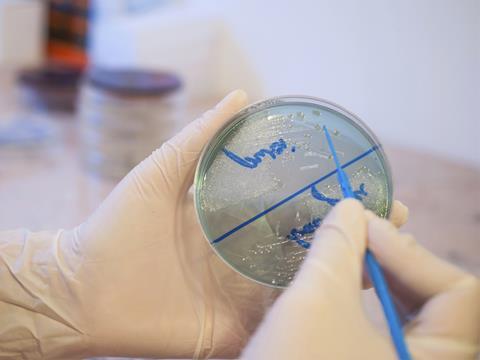
The FSA is hopeful its new campylobacter survey, due to launch later this year, will deliver data that is directly comparable with previous results - despite a change in methodology.
Retaining year-on-year comparability would be an important achievement, not least because it would allow industry to continue to be measured against existing campylobacter reduction targets.
The FSA is currently working on the new methodology, having suspended the survey earlier this year over data accuracy concerns. This became necessary after processors started trimming neck skin, which had previously been used to test for campylobacter.
FSA head of foodborne disease, Dr Kevin Hargin, said three main options were now being considered. The first would see the amount of neck skin required for testing reduced from 25g to 10g, and potentially down to as little as 5g. “If that works, then we feel data will be comparable to previous results, which would of course be desirable,” Hargin said, adding the FSA estimated about 80% of chickens would have at least 10g of neck skin.
A second option would be to move from testing neck skin to back skin. Comparability might be preserved, Hargin said, as it may be possible to determine a neck to back skin conversion ratio.
The third option, meanwhile, was to move to whole carcase washing - a process that sees the entire bird submerged in a buffer solution and ‘massaged’ to produce a sample for testing.
This was the least desirable option, Hargin said, as comparability with the previous survey would be lost, and there could be concerns about food waste as the entire carcase would be destroyed.
Sampling using the new methodology is likely to start in August, with the first results to be published in early 2017.







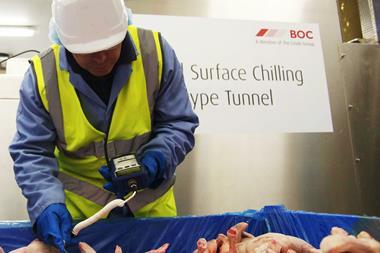
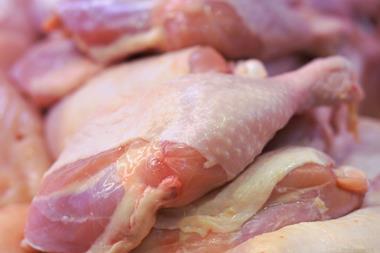
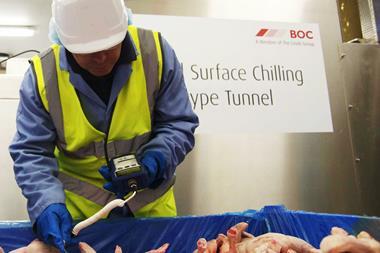
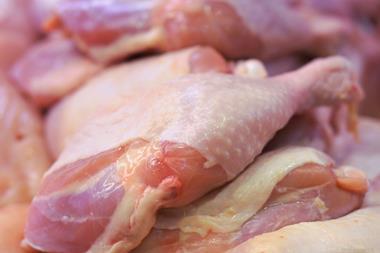

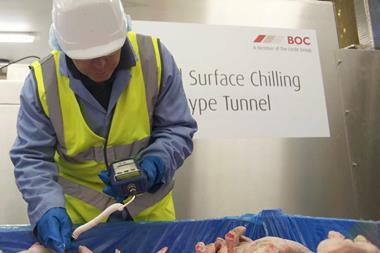

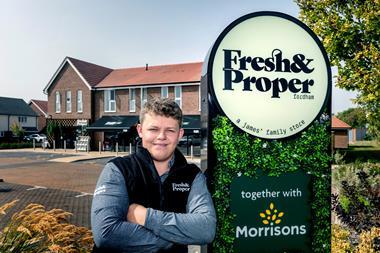



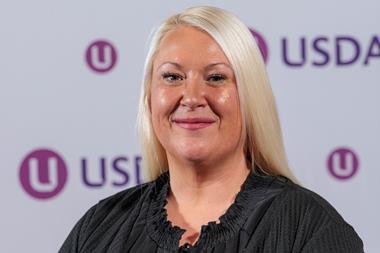
No comments yet